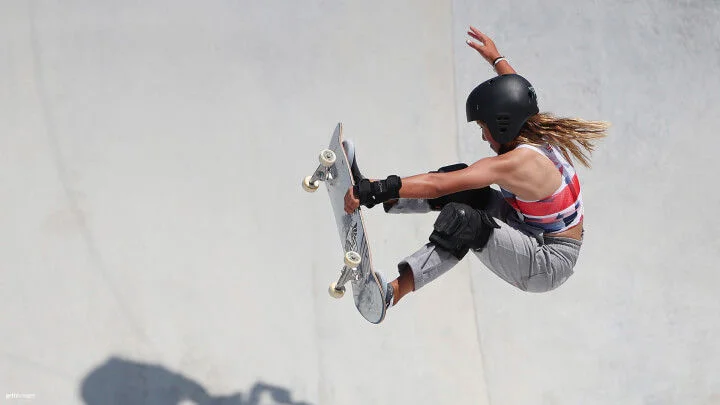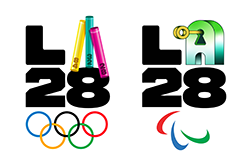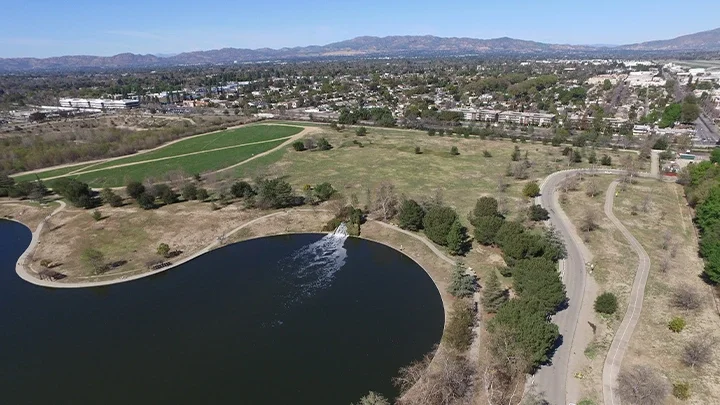Skateboarding
Skateboarding traces its roots back to the urban terrain of Southern California, when surfers started looking for something to do when the waves were flat. This “sidewalk surfing” originated in the 1950s and its booming popularity led to its inaugural appearance at the Tokyo 2020 Games. Olympic Skateboarding requires athletes to maneuver around a course on a skateboard and features Street and Park formats, each showcasing a different side to the creative and fearless sport.
The Street format is a nod to the sport's origins and a celebration of the use of one's natural environment. In it, skaters navigate and perform tricks on a city-inspired course featuring stairs, rails and other everyday obstacles. Judges evaluate each skater's performance based on difficulty, execution, style and creativity. Street events provide the opportunity for skaters to display their skills in consistency and flow in the first round of competition and then let it rip with big risks and the most progressive tricks during the "best trick" round.
The Park format is a nod to the sport's use of abandoned swimming pools, which led to the creation of dedicated skateparks. In it, skateboarders perform high-flying aerial tricks and fluid maneuvers in a bowl-shaped course with ramps, curves and transitions. Skateboarders compete one at a time and can move about the course with complete freedom, leading judges to factor originality and creativity heavily into scoring, in addition to difficulty and execution.

EVENTS
-
- Street MEN'S
- Park
- Street WOMEN'S
- Park


